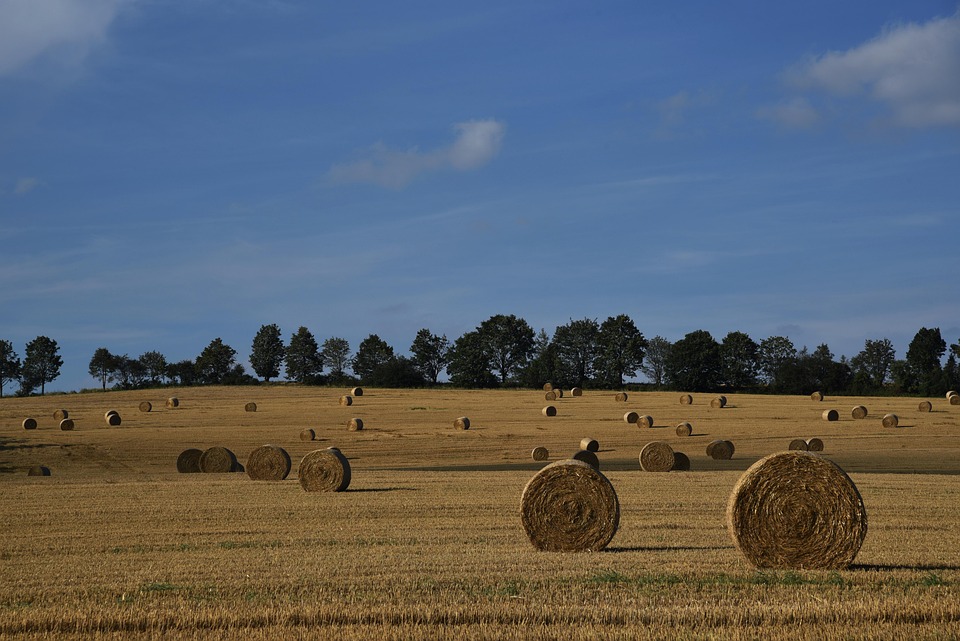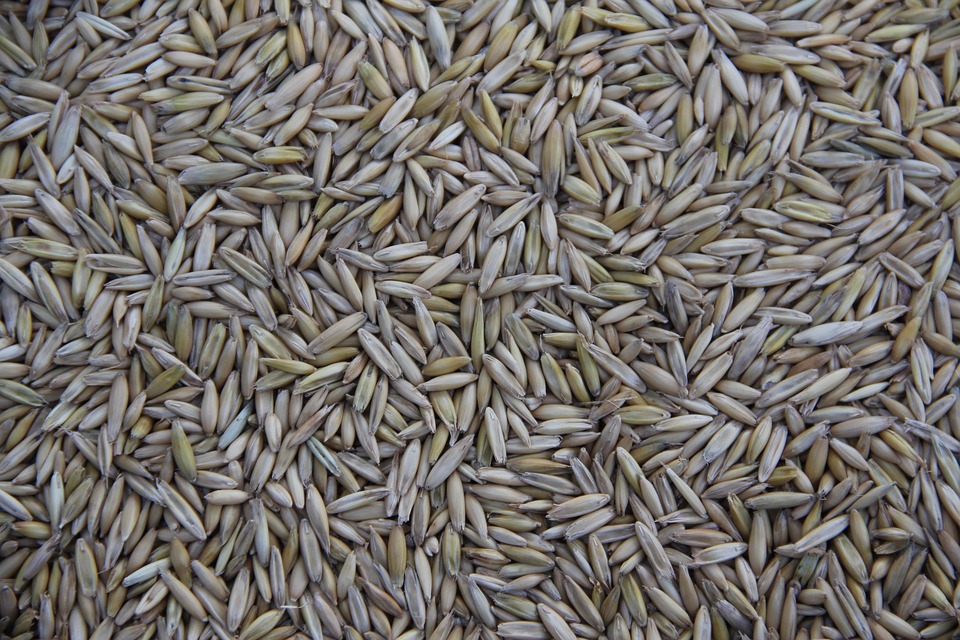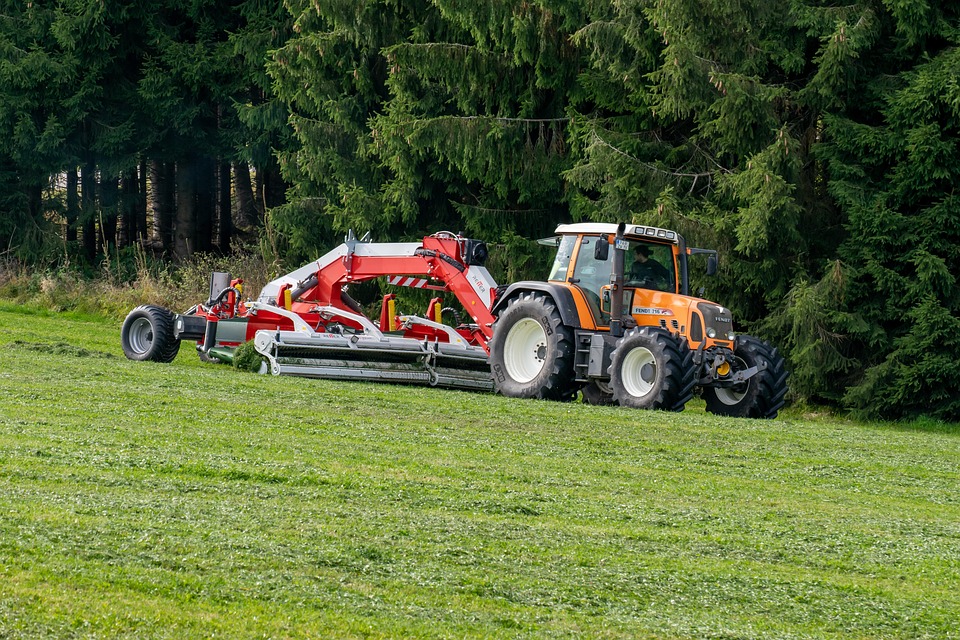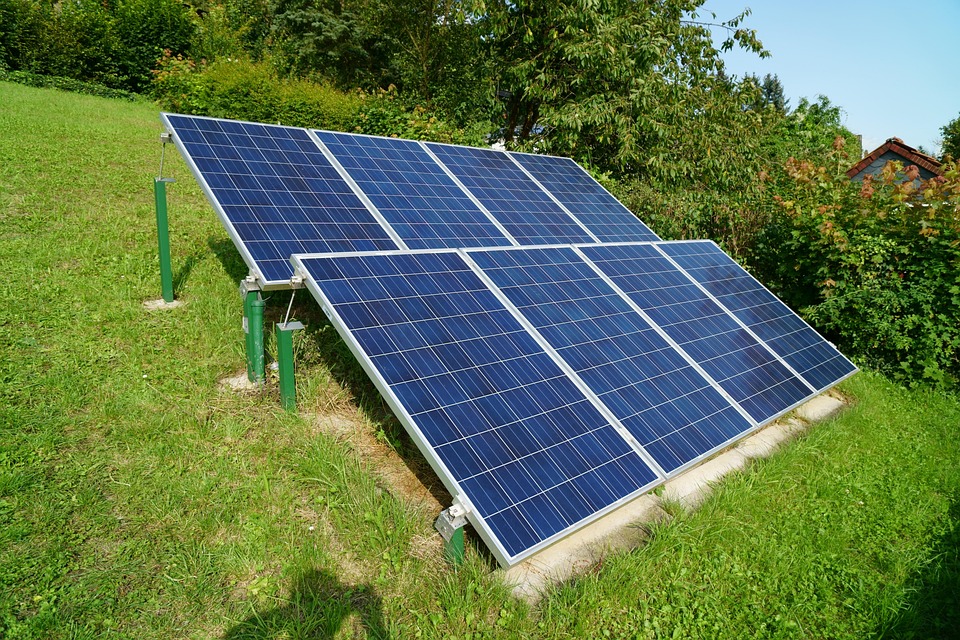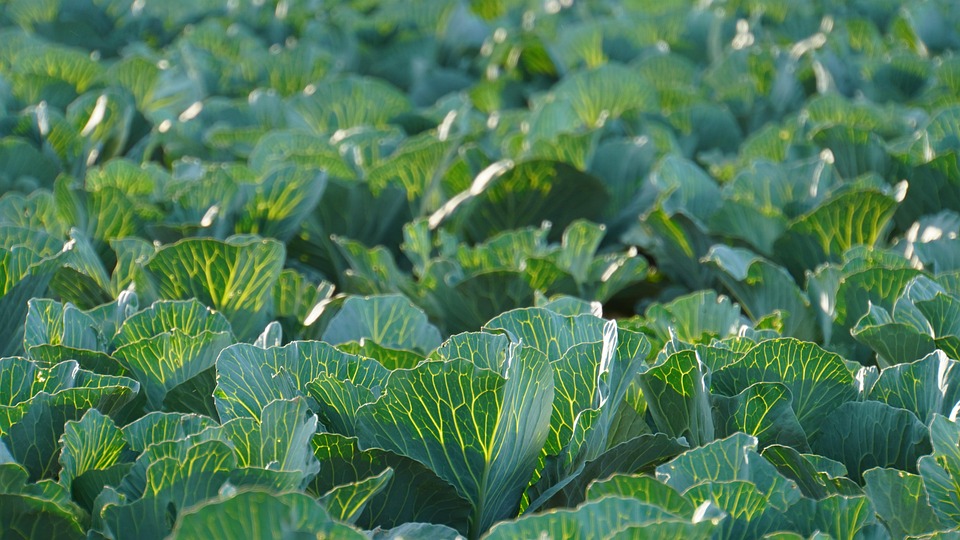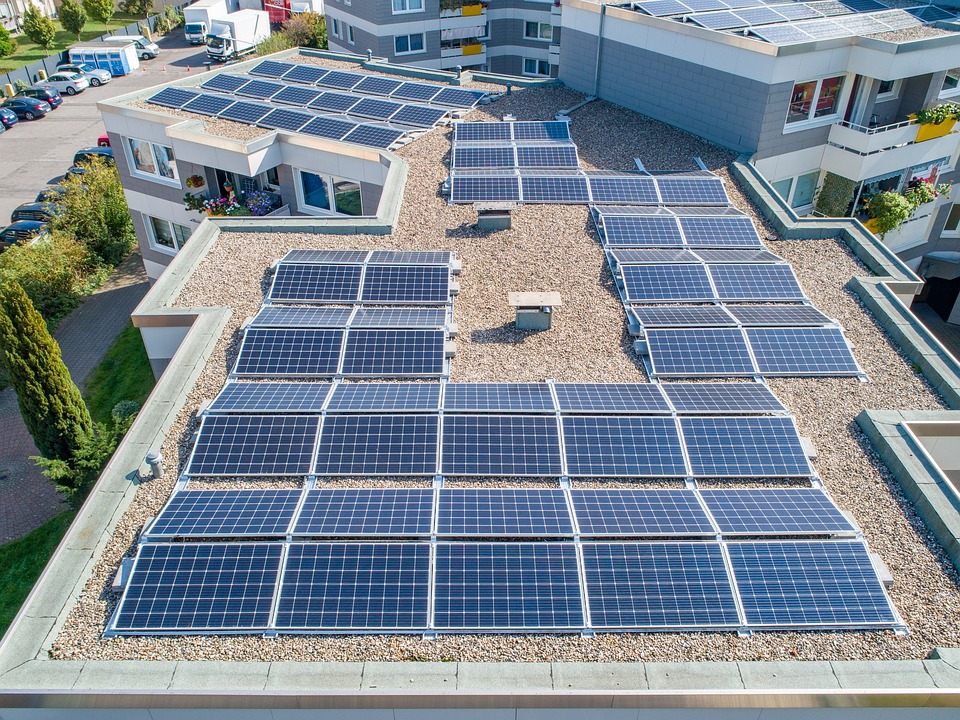**Permaculture Principles: Building Resilient Ecosystems on the Farm**
### Permaculture Principles: Building Resilient Ecosystems on the Farm There I was, a sunny afternoon in mid-spring, knee-deep in soil, planting the last of my heirloom tomatoes. The air was rich with the scent of blooming flowers, and the melodic buzz of bees filled the atmosphere. My farm was alive—not just with crops, but with a symphony of life. This moment was the result of embracing permaculture principles, which transformed not just the land but also the way I interact with nature and the farming process itself. Permaculture is not merely a method of farming; it’s an entire philosophy that encourages us to build resilient ecosystems that thrive naturally. If you’re looking to cultivate not just food but also a vibrant community and a sustainable future, these principles will help you get there! — ### What is Permaculture? Permaculture, a fusion of the words “permanent” and “agriculture,” is a holistic design system that mimics the natural ecosystems around us. Its goal is to create harmonious interdependent relationships that encourage sustainability, biodiversity, and resilience. By observing what nature does best, we can design our farming practices to mirror these systems, leading to maximal yield with minimal input. ### Key Permaculture Principles #### 1. **Observe and Interact** Every successful permaculture journey begins with a simple act: observation. Spend time watching the patterns in your ecosystem. Note seasonal blooming times, water flow, and even the behavior of wildlife. Engaging with your environment allows for informed decision-making. It’s like finding a treasure map that guides you to all the nuanced surprises your farm holds! #### 2. **Catch and Store Energy** In nature, nothing goes to waste. Every resource can be harnessed. From rainwater harvesting to solar energy, there are countless ways to catch and store energy effectively. One summer, I set up a series of rain barrels to collect the abundant rainfall and redirected it to my crops during the dry months. This simple change not only saved water but also significantly reduced my watering costs. #### 3. **Obtain a Yield** A farm without produce is just a beautiful garden. Permaculture emphasizes the importance of creating systems that yield food, resources, or energy. Whether it’s fruits, vegetables, or herbs, aim to grow a variety of plants that serve different functions simultaneously. Companion planting, for example, encourages plants to work in synergy—insects love marigolds, and those little heroes will help keep your veggies pest-free. #### 4. **Apply Self-Regulation and Accept Feedback** Just like nature adjusts to its environment, we too must be responsive to feedback. Set limits, adapt your practices, and refine your systems based on results. If a particular plant isn’t thriving, it might be time to revisit your soil health, moisture levels, or companion plants. Being flexible and willing to change will allow your ecosystem to flourish. #### 5. **Use and Value Renewable Resources** The beauty of permaculture lies in its emphasis on using renewable resources instead of non-renewable ones. Composting is a prime example: it transforms kitchen scraps and garden waste into nutrient-rich soil, promoting a closed-loop system. This not only enriches the soil but reduces waste. One of my favorite tips? Use worm bins to create “black gold!” This not only reduces waste but also adds extraordinary nutrients to your plants. #### 6. **Produce No Waste** A hallmark of permaculture is minimizing waste. Embrace the concept of “zero waste” by finding innovative uses for everything. Leftover plant materials? Compost them! Old wood? Create thriving pathways or mulch. By adopting efficient waste practices, you’ll help sustain both your farm and our planet. #### 7. **Design from Patterns to Details** Start with the big picture. Observe the overarching patterns of your landscape, and then drill down into the details. For instance, contour gardening follows the natural curves of your land, helping to manage water runoff and conservation. From establishing swales to creating layered guilds of plants, aligning your designs with nature’s patterns will yield incredible harmony. #### 8. **Integrate Rather Than Segregate** One of the most significant advantages of permaculture is the interconnectedness of elements. Each plant, animal, or structure on your farm should enhance the other. For example, chickens can help manage pests while contributing manure for fertilizing the soil. Integrating diverse elements not only creates a richer ecosystem but also strengthens its resilience. #### 9. **Use Small and Slow Solutions** Resilience doesn’t happen overnight. Choose small, slow solutions instead of large, expensive ventures. Start with a small garden bed, expand your composting efforts, or plant a few perennial species. Each small change adds to a larger, sustainable ecosystem over time, fostering a sense of achievement and connection. #### 10. **Use and Value Diversity** Diversity is nature’s strength. By planting a variety of species, you’re not just enhancing your ecosystem—you’re also safeguarding against pests and diseases. A well-diversified farm can withstand environmental stressors better than a monoculture. Consider introducing native plants into your garden—a boon to local wildlife and pollinators! — ### Practical Application: A Day on the Permaculture Farm Imagine starting your day with your morning coffee, stepping outside to the rich aroma of herbs wafting through the air. You stroll through your edible landscape, greeting your chickens, who patter around looking for insects. Your planted guilds of herbs, vegetables, and flowers are thriving. Mid-morning, you check your rainwater barrels, funneling collected moisture into your garden beds. Your solar panels glow softly in the sunlight, charging the tools you’ll need for the day. You pop into the compost bin, tossing in some kitchen scraps, and smiling at the promise of nutrient-rich compost you’ll harvest in a few weeks. As the sun climbs higher, you grab your trusty garden scissors to harvest a few ripe tomatoes and basil. You know this is food borne from your patience, observation, and the principles of permaculture. Each item you harvest brings not just sustenance but a renewed connection to the earth. ### Pro Tips for Success 1. **Start Small:** Don’t feel overwhelmed! Begin with one principle at a time, and gradually incorporate others. 2.

